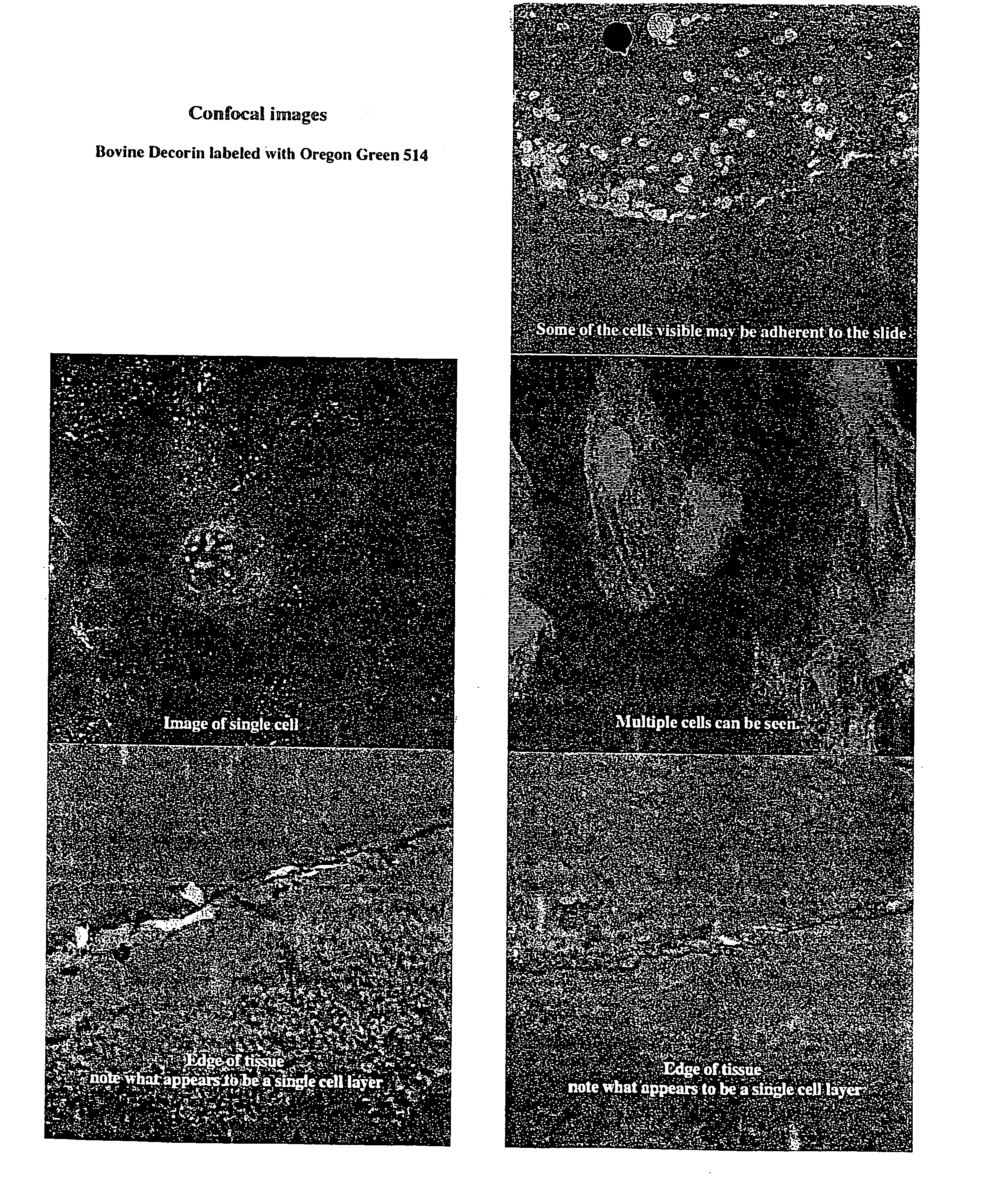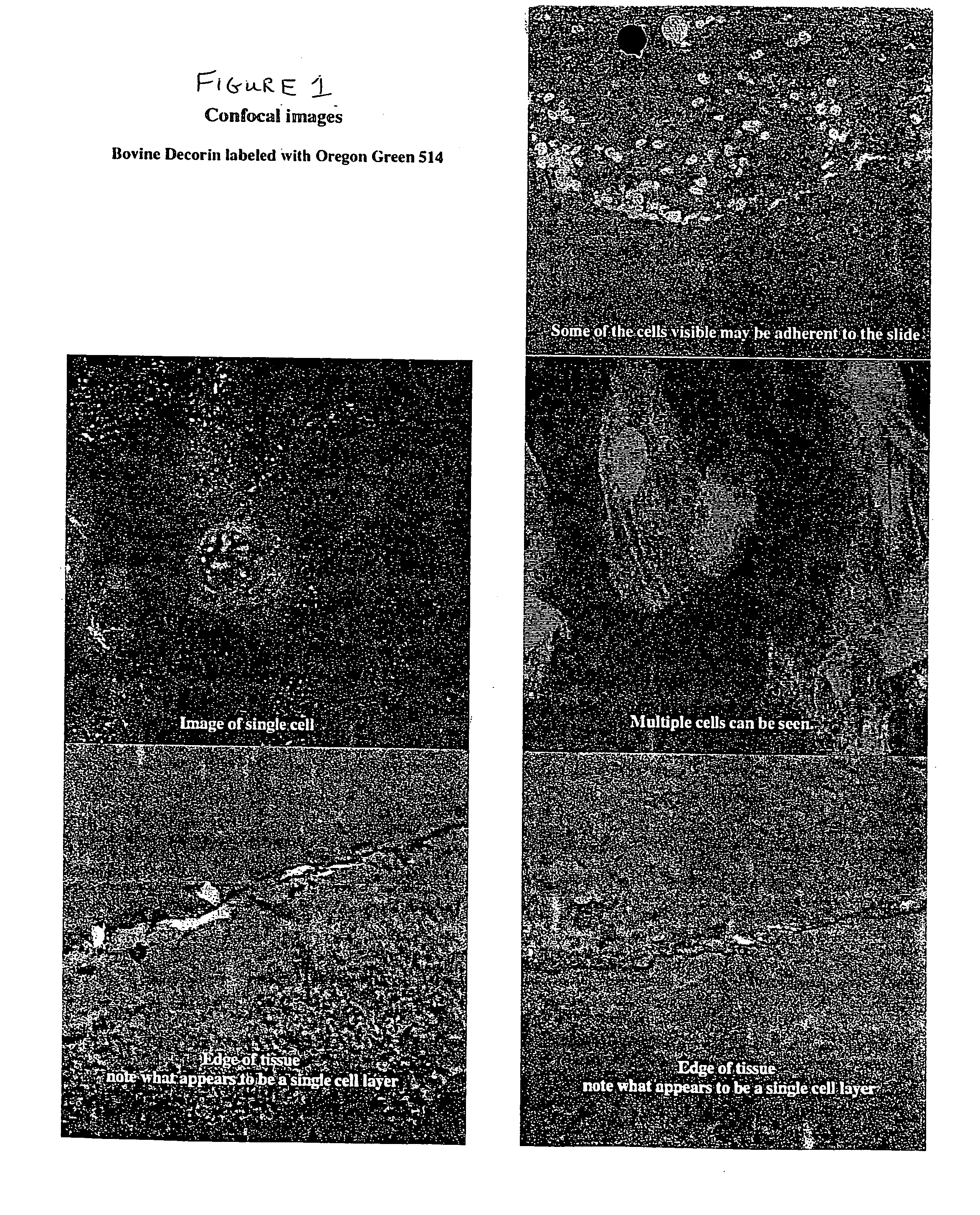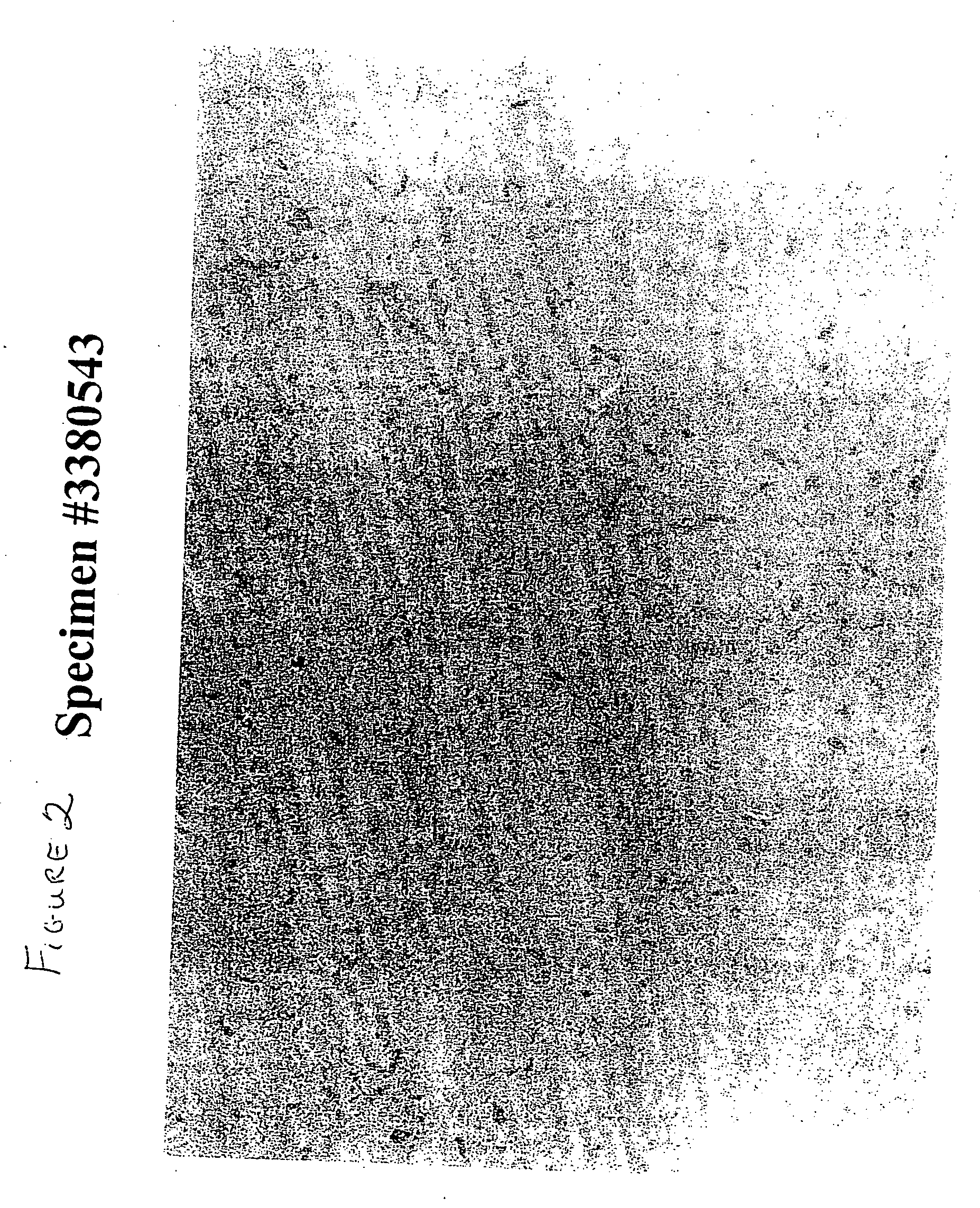Composition for stabilizing corneal tissue during or after orthokeratology lens wear
a corneal tissue and orthokeratology technology, applied in the field of corneal tissue stabilization during or after orthokeratology lens wear, can solve the problems of corneal misshapen or defective, wear of retainer lenses, and inability to adjust the shape of the cornea
- Summary
- Abstract
- Description
- Claims
- Application Information
AI Technical Summary
Benefits of technology
Problems solved by technology
Method used
Image
Examples
example 1
[0051] A series of ex vivo laboratory experiments were performed on enucleated porcine cornea to optimize the effects of stabilization. Enucleated porcine eyes were preserved in Optisol Solution and stored at 2-8° C. Treated eyes were examined visually and using biomicroscopy to monitor the effects on corneal epithelium, stroma, corneal clouding, corneal rigidity, anterior chamber response, and corneal thickness. Treated eyes underwent mechanical testing to evaluate changes in low and high modulus to evaluate the stress and strain under compressive force, as described in detail below. A decrease in low modulus indicated softening or a reduction in force needed to compress the collagenous network due to increased ability to force out fluids. In contrast, an increase in low modulus indicated stiffening. Any changes in the high modulus indicated damage to the collagen fibril network.
[0052] In the first phase of these ex vivo experiments, a total of 12 porcine eyes are prescreened. Enu...
example 2
[0054] The test eyes received both a molding treatment with a shaping lens followed by administration of decorin, an SLRP, having a concentration of 500 μg / ml buffered with 0.04M sodium phosphate to a pH of about 7.2. The solution was applied according to the following schedule: The mold was applied on Friday afternoon, and remained there until Monday morning when the molds were removed. After the mold removal, the eyes were then exposed to 100 μl of the decorin solution. The mold was reapplied onto each eye. Then each eye was placed back into Optisol solution. The application of decorin was repeated on Tuesday and on Wednesday.
[0055] The mold was reapplied to one eye. Subjective photographic assessment of that eye showed that the treatment with decorin with the mold reapplied resulted in a flat cornea with no rebound.
[0056] With respect to the second eye, after the eye was exposed to the decorin on Wednesday, the mold was not reapplied. This was done to determine if the eye would...
example 3
[0057] The test eyes received both molding treatment with shaping lens followed by administration of keratan sulfate, an SLRP, having a concentration of 100 μg / ml buffered with 0.04M disodium phosphate to a pH of about 7.2. The solution was applied according to the following schedule: The mold was applied on Friday afternoon, and remained there until Monday morning when the molds were removed. After the mold removal, the eyes were then exposed to 100 μl. The mold was reapplied onto each eye. Then each eye was placed back into Optisol solution. The application of keratan sulfate was repeated on Tuesday and on Wednesday.
[0058] The mold was reapplied to one eye. Subjective photographic assessment of that eye showed that the treatment with keratan sulfate with the mold reapplied resulted in a flat cornea with no rebound.
[0059] With respect to the second eye, after the eye was exposed to the keratan sulfate on Wednesday, the mold was not reapplied. This was done to determine if the eye...
PUM
| Property | Measurement | Unit |
|---|---|---|
| concentration | aaaaa | aaaaa |
| concentration | aaaaa | aaaaa |
| concentration | aaaaa | aaaaa |
Abstract
Description
Claims
Application Information
 Login to View More
Login to View More - R&D
- Intellectual Property
- Life Sciences
- Materials
- Tech Scout
- Unparalleled Data Quality
- Higher Quality Content
- 60% Fewer Hallucinations
Browse by: Latest US Patents, China's latest patents, Technical Efficacy Thesaurus, Application Domain, Technology Topic, Popular Technical Reports.
© 2025 PatSnap. All rights reserved.Legal|Privacy policy|Modern Slavery Act Transparency Statement|Sitemap|About US| Contact US: help@patsnap.com



